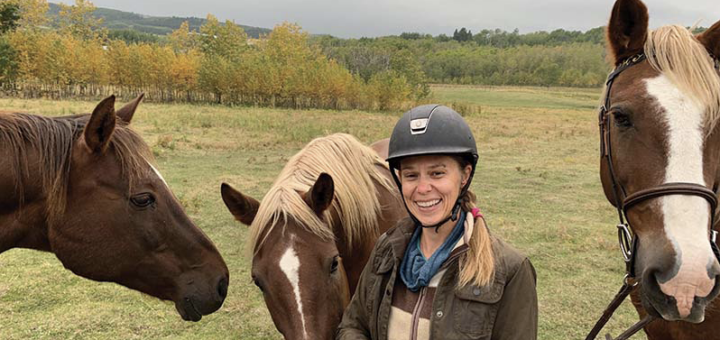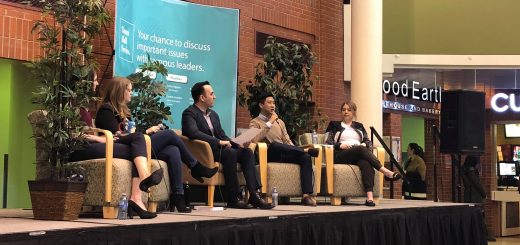Dr. Carolyn Willekes PhD Shares Insight on historical Equestrian connections

Matthew Hillier, Staff writer
How the relationship between horses and their riders have had an effect on human history is hard to research and understand. However, one of MRU’s very own professors, Dr. Carolyn Willekes PhD is attempting to work out how both humans and horses have changed and affected the world around them.
“You can see horses represented in Paleolithic Cave art that’s 35,000 years old and depicted in an incredibly realistic manner, which I think speaks to the fascination humans have had with horses for a long time… It’s a complicated relationship because it’s easy to romanticize them… So trying to define the relationship is complicated because I think our first tendencies to say that we’ve used them as tools for ourselves,” says Willekes.
Alberta and particularly Calgary are equestrian hubs that have fostered both Willekes’ love of horse riding and countless other horse riders. This love has been fostered over 30 years and has led Wilkes to places all over the world including riding with nomads in Mongolia and riding throughout Turkey, Greece and Spain to help her further expand her experience with the cultural and emotional significance behind horse-human bonds.
In addition to her experiences abroad, she is also the president of the Equine History Collective, which deals with the historic relevance of horses, donkeys, mules, zebras and even mythical creatures like the pegasus and unicorn.
This international network of academics focuses on the anthropological connection of equine and how that dynamic has shaped human history.
Willekes states that trust is a key aspect of the horse-human dynamic. She also states that this trust is one of the biggest reasons riders and their mounts bond so quickly and meaningfully.
“Horses are a prey animal. They run away from literally everything. I have had horses run away from their shadows before. The intrinsic survival of their species was based on being aware of what was going on and reading what was happening around them. They force you to kind of recognize things about yourself. If you put on a facade of being super chill… but inside you are anxious or you feel intimidated, the horse picks up on that. So that’s why horses have become so important in our modern society as therapy.”
The application of equine therapy has been known to help the treatment of children with cerebral palsy, soldiers with Post Traumatic Stress Disorder and individuals with reduced mobility.
Willekes has even looked into the benefits of equine therapy to the MRU campus, which hasn’t seen horses since The Last of Us wrapped filming on campus.
“This animal did revolutionize, in many different ways our lives and how we have moved through the world and interacted with one another. I think allowing students to just be in the presence of horses, to watch how they interact with one another, their likes, their dislikes… That sort of equine-assisted therapy helps in terms of self-reflection and self-discovery… I think it would be a neat opportunity for students.”
Willekes has spent countless hours studying, travelling across the world and even participating in reenactments of historical events to learn more about how they can positively affect students across campus. While it may involve more logistics than bringing puppies to the library for students to meet during exam seasons, Willekes hopes students will work, engage and help themselves by experiencing the complicated horse-human connection that she has spent so much time enjoying.



